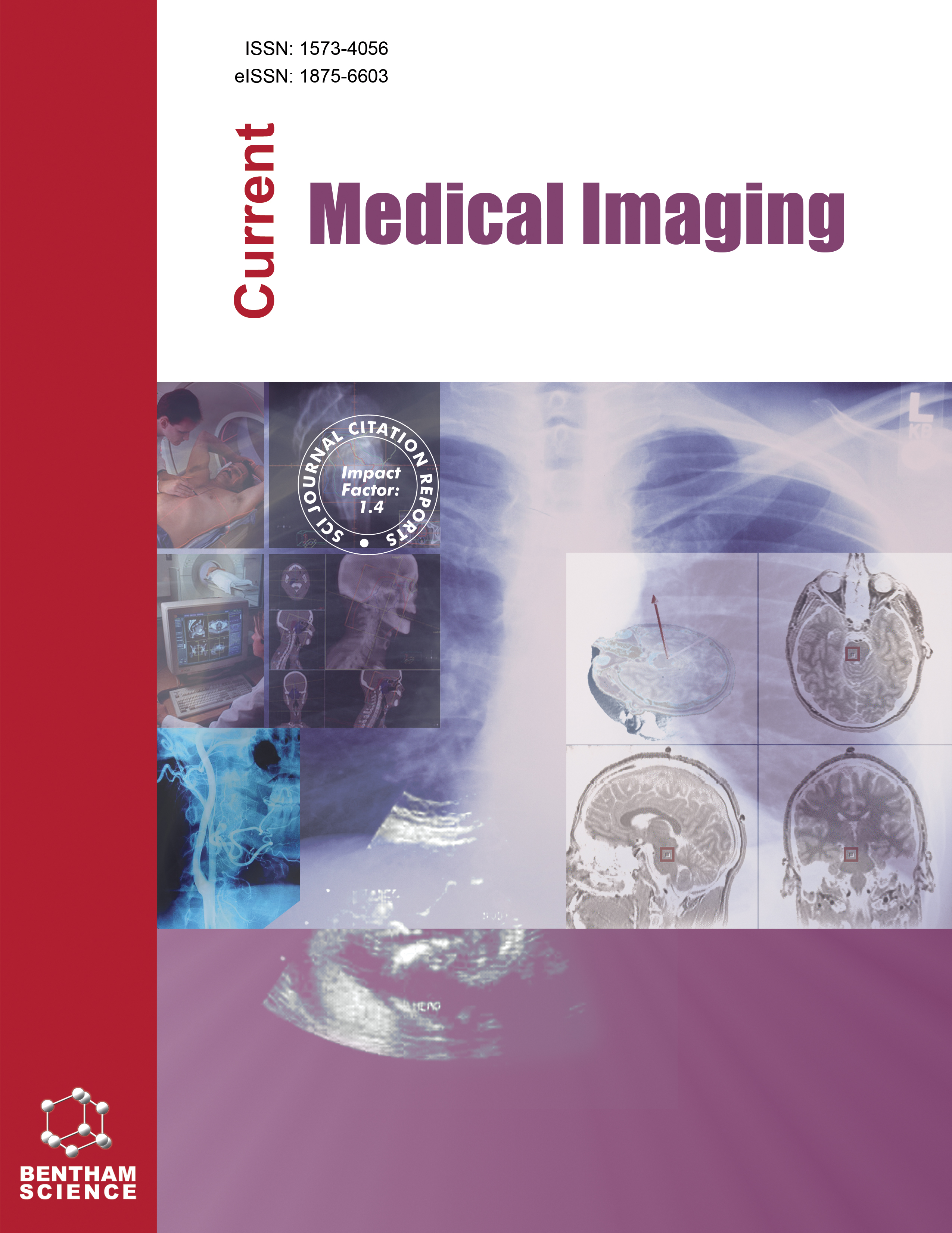-
s Ischiofemoral Impingement Syndrome: Effect of Morphological Variations on the Diagnosis
- Source: Current Medical Imaging, Volume 17, Issue 5, May 2021, p. 595 - 601
-
- 01 May 2021
Abstract
Objective: The purpose of this study is to clarify which morphologic variations of the hip on MRI are associated with the development of ischiofemoral impingement. Methods: Hip MRIs of patients who have been referred to our department between 2016-2017 were retrospectively reviewed and assessed for pathological signal changes in the quadratus femoris muscle and ipsilateral hip or buttock pain. After assessment, ischial angle, inclination angle, ischiofemoral space, quadratus femoris space, intertuberous distances and femur neck angle, femoral torsion angle and knee angle were measured and compared in 37 hips of 20 patients and 56 hips of 28 age-gender matched control subjects. Results: There were statistically significant differences between the patient and control groups in all MRI parameters except for intertuberous distances (p<0.05). Quadratus femoris space (p<0.001) and ischiofemoral space (p<0.001) were significantly lower and femoral torsion angle (p=0.02), femur neck angle (p=0.001), ischial angle (p=0.01) and inclination angle (p=0.03) values were significantly higher in patients compared with the control group. Conclusion: Decreased ischiofemoral space and quadratus femoris space, increased femoral torsion angle, femur neck angle, ischial angle and inclination angle are found to be associated with IFI on MRI. These pelvic anatomical variations may predispose to ischiofemoral impingement and should be kept in mind for patients with hip pain.


